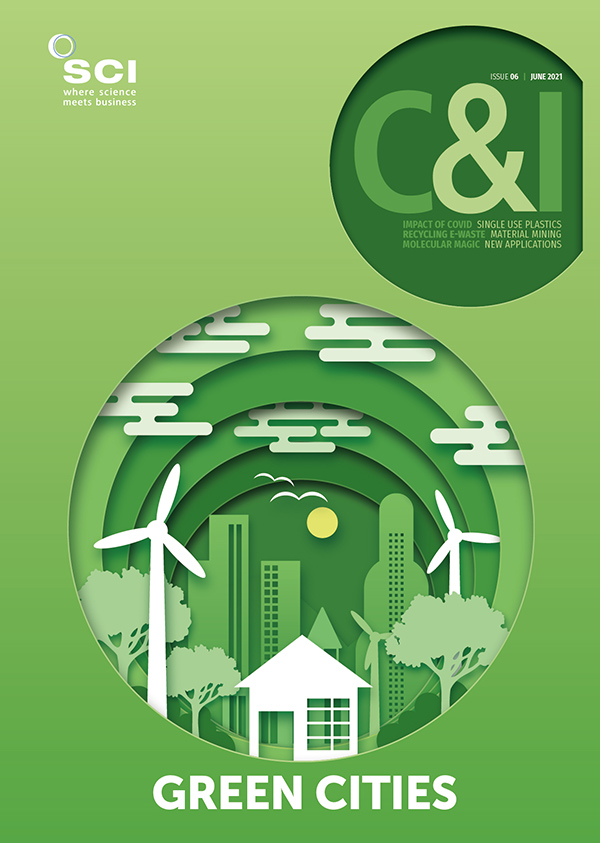Anthony King
All cereal crops – wheat, barley, rice and rye – are annual grasses. They need to be sown and harvested each year, which means regular tilling of the soil.
One promising alternative to annual cereals is wheatgrass,Thinopyrum intermedium, a perennial relative of wheat. Now, plant geneticists in Denmark are working with Carlsberg Research Laboratory in Copenhagen to boost its yields. This could allow Carlsberg to replace barley with more sustainable wheatgrass. Longer-lived grasses like wheatgrass have deeper roots that store carbon better, reduce tillage, better absorb any nutrients applied to fields and take up water more efficiently. Grain would be collected annually from such crops, but the plants left in the field.
The Carlsberg lab scientists developed a new tool that allows for millions of seeds to be screened for desirable gene variants using PCR tests. They will select gene variants from wheatgrass that, for example, could allow the grass to retain seeds, rather than drop them. Seeds of a genetically diverse population of wheatgrass have been planted on the Danish islands of Funen and Lolland. The experimental crop will be ready for harvest and then its seeds screened from August.
‘The project is non-GMO, because Carlsberg does not wish to sell beers that are GMO beers. So we have to look in the fields to find plants,’ says Michael Palmgren, plant geneticist at the University of Copenhagen. Perennial cereals with deep root systems that store carbon would be more sustainable. ‘There is a lot of soil erosion when you do tilling,’ says Palmgren. ‘You bring organic matter to the surface and it decomposes to become CO2.’
Planting perennial grass could reduce greenhouse gas emissions in Denmark by up to 10%, project scientists suggest, if wheatgrass replaced 30% of the country’s crops. The Danes are not starting from square one. Researchers at the Rodale Institute in the US selected wheatgrass from Europe as a promising perennial crop in the late 1980s.
‘There are fewer input costs, fewer passes over the field with equipment and being a perennial, wheatgrass does a great job of protecting the soil from erosion and using its deep roots to scavenge for nitrogen,’ comments James Anderson, a crop scientist at the University of Minnesota, who has worked on improving its traits, such as grain yield and seed size.
He says it can ‘dramatically reduce nitrate contamination of groundwater and surface water.’ This is because its deep roots do a far better job of holding nutrients than the immature roots of recently planted cereals.
Both Palmgren and Anderson received seeds from the Land Institute in Salina, Kansas, which has bred wheatgrass since 2002. Some wheatgrass in the US is already blended with wheat in breads, biscuits and muffins, and with barley malt to create a unique flavour profile, notes Anderson: ‘Chefs and brewers love working with it because it is new and different and because it can be more sustainably grown.’
Palmgren says wheatgrass is difficult genetically to work with, because it is a hybrid of three related species. As a result, it has 115,000 genes – compared with around 20,000 in humans – with six alleles for each gene. Still, the sustainability benefits mean it is attracting interest.
Minnesota is targeting initial plantings ‘to help scavenge nitrates applied to previous crops and prevent them from leaching into drinking water supplies,’ Anderson explains. Wheatgrass makes a lot of sense on soils that are vulnerable to erosion by wind and water and does well in drier climates, owing to its deep root system, he adds.
Image credit: Gor Stevanovic / Science Photo Library





